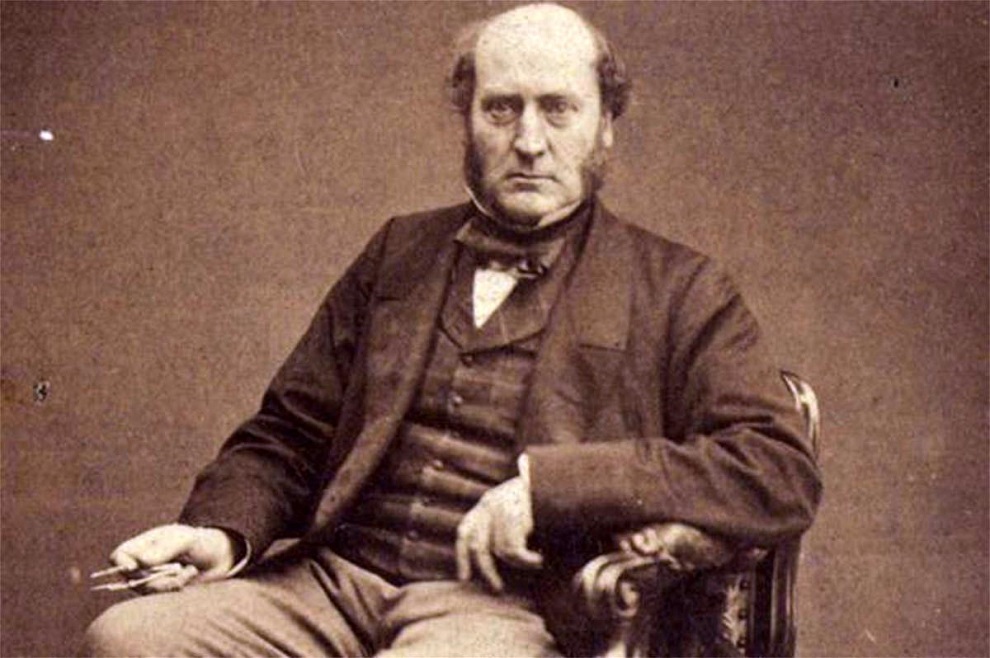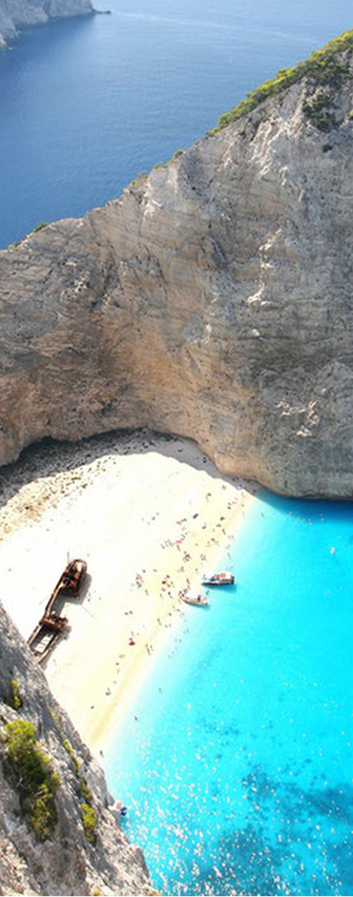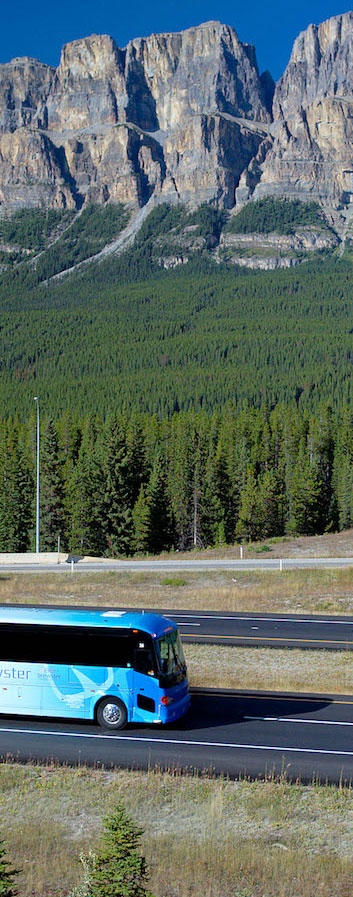Cathedral Square
The square was originally intended to be called Ridley Square, after the Protestant martyr Nicholas Ridley, but in Edward Jollie's 1850 plan of central Christchurch it is clearly marked Cathedral Square. Ridley's co-martyrs and colleague bishops, Cranmer and Latimer have Squares named after them, not far distant from Cathedral Square.
In 1851 the Canterbury Association kept aside an area of the Square for the planned Christ Church Cathedral and also for a school. This land came under the control of the Church Property Trustees in 1855, and in 1857 the site planned for a grammar school (Christ's College) was exchanged for its present site in the Botanic Gardens. The original choice of Ridley is another of Christchurch's many references to Oxford, since Ridley was martyred there.
Cathedral Square has a large number of buildings and statues that are registered as heritage items with the New Zealand Historic Places Trust. Many of those were damaged in the February 2011 Christchurch earthquake and some of these will be lost as a consequence.[4]
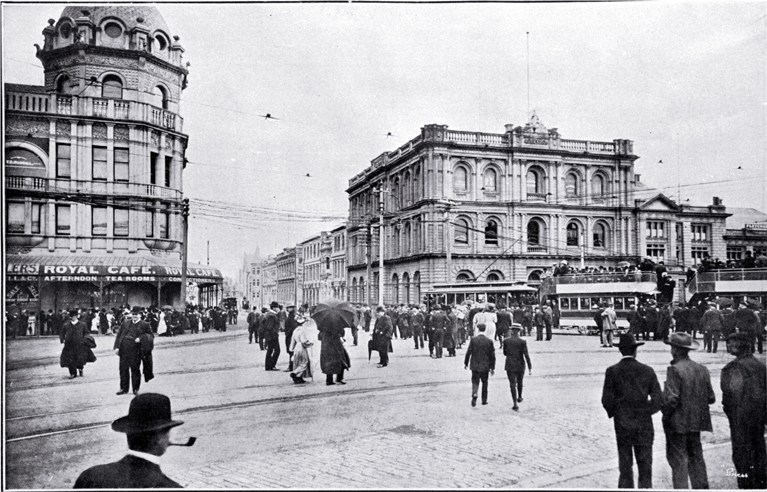
The square is the city's main meeting place for people taking a break from their work, or just visiting the city, and is a regular site of street performers and speakers of all varieties. Until recent years, the most well-known of these was The Wizard of New Zealand. Since the year 2000, The Chalice, a large piece of modern sculpture in the form of an inverted cone, has stood in the square subverting the shape of the spire that rises above the cathedral. The Chalice, designed by prominent New Zealand artist Neil Dawson, is made up of forty.

The Anglican Cathedral of ChristChurch in the city of Christchurch, New Zealand, was built in the second half of the 19th century. It is located in the centre of the city, surrounded by Cathedral Square. It is the Cathedral seat of the Bishop of Christchurch in the New Zealand tikanga of the Anglican Church in Aotearoa, New Zealand and Polynesia.
The Cathedral has been damaged by earthquakes in 1881, 1888, 1901, 2010 and 2011. The 2011 Christchurch earthquake destroyed the spire and part of the tower on 22 February 2011, leaving only the lower half of the tower standing. The structure of the building was seriously damaged.
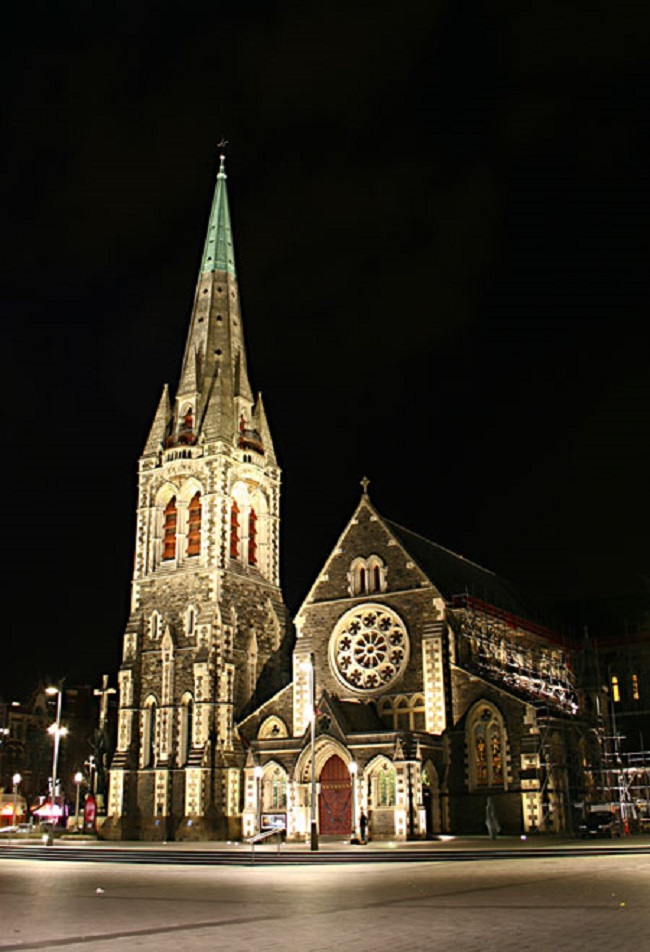
The origins of Christchurch Cathedral date back to the plans of the Canterbury Association who aimed to build a city around a central cathedral and college in the Canterbury Region based on the English model of Christ Church, Oxford. Henry John Chitty Harper, the first Bishop of Christchurch, arrived in 1856 and began to drive the Cathedral project forward. In 1858 the project was approved by the diocese and a design was commissioned from George Gilbert Scott, a prolific British architect who was known for his Gothic Revival churches and public buildings (he later went on to build St Pancras railway station in London, England, and St Mary's Episcopal Cathedral in Edinburgh, Scotland). Scott himself never visited Christchurch, but handed over the oversight of the project to Robert Speechley.
The cornerstone was laid on 16 December 1864, but financial problems in the fledgling city saw its completion delayed between 1865 and 1873. At the start of the project, Christchurch was still a small town (its male population numbering only 450), and raising funds for the construction of the Cathedral proved to be difficult. Commentators of the time voiced their disappointment at the lack of progress - the novelist Anthony Trollope visited the town in 1872 and referred to the "vain foundations" as a "huge record of failure".
In 1873 a new resident architect, New Zealander Benjamin Mountfort, took over the project and construction began again. Mountfort adapted Scott's design, adding tower balconies and the west porch, and decorative details such as the font, pulpit and stained glass. The initial plans called for wooden construction, but were changed with the discovery of a source of good quality masonry stone locally. Banks Peninsula totara and matai timber was used for the roof supports.
The nave—100 foot (30 m) long—and tower were consecrated on 1 November 1881, but the transepts, chancel and sanctuary were not finished until 1904. The Christchurch Beautifying Society planted two plane trees to the south of the Cathedral in 1898.
The Rhodes family—which arrived in Canterbury before the First Four Ships—provided funds for the tower and spire. Robert Heaton Rhodes built the tower in memory of his brother George; and the spire was added by the children of George Rhodes. The Cathedral spire reached to 63 metres (207 ft) above Cathedral Square. Public access to the spire provided for a good viewpoint over the centre of the city, but the spire has been damaged by earthquakes on four occasions. The tower originally contained a peal of ten bells, cast by John Taylor & Co of Loughborough, hung in 1881. The original bells were replaced in 1978 by 13 new bells, also cast at Taylors of Loughborough.
In 1894, the widow of Alfred Richard Creyke arranged for the western porch of the Cathedral to be built in his memory. On the south side of the Cathedral's nave, there is also a Watts-Russell Memorial Window in memory of her first husband.
The Cathedral underwent major renovations during 2006–2007, including the replacement of the original slate roof tiles.
